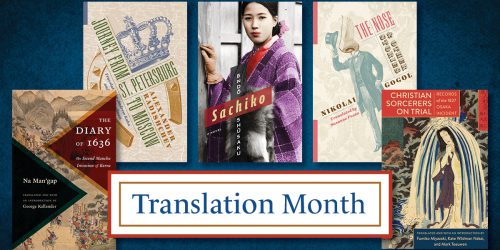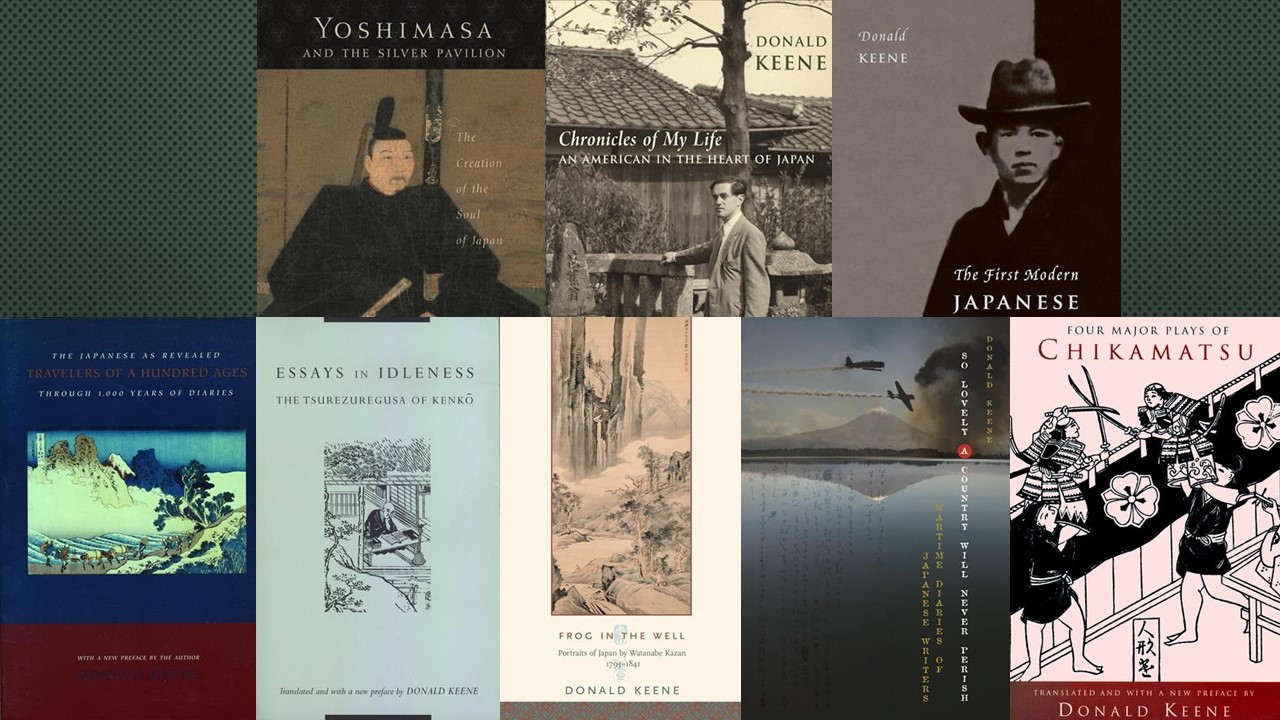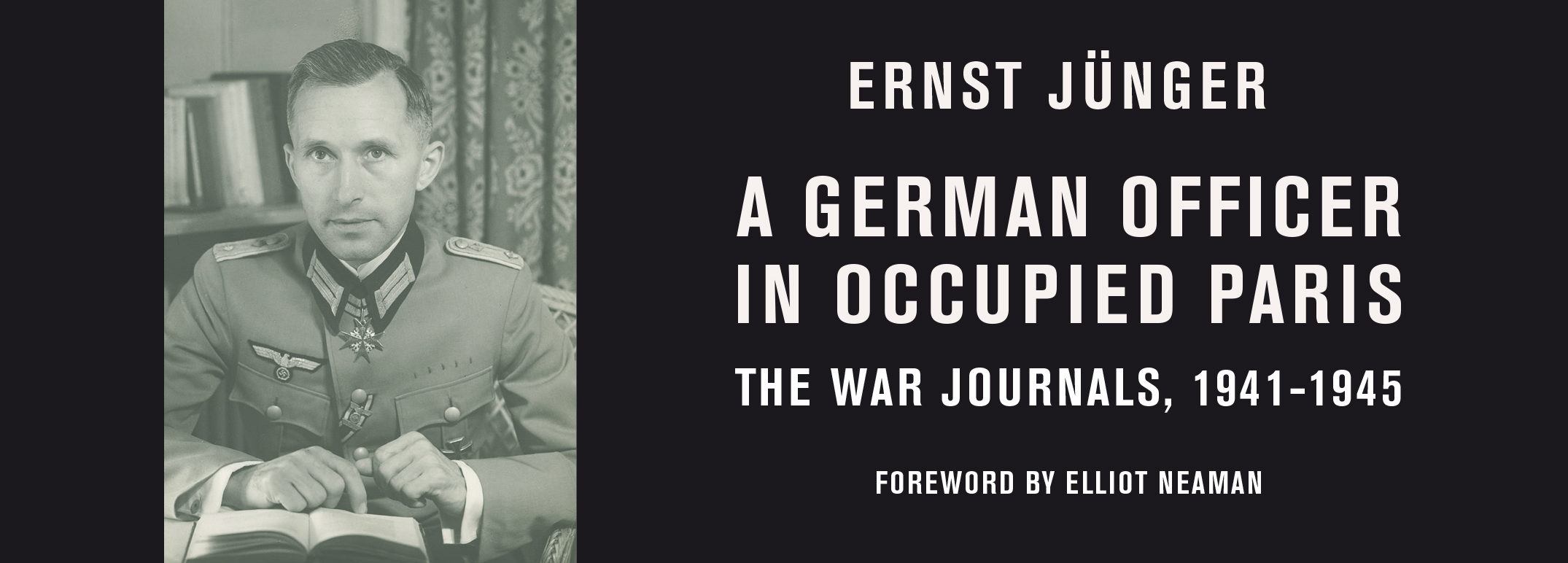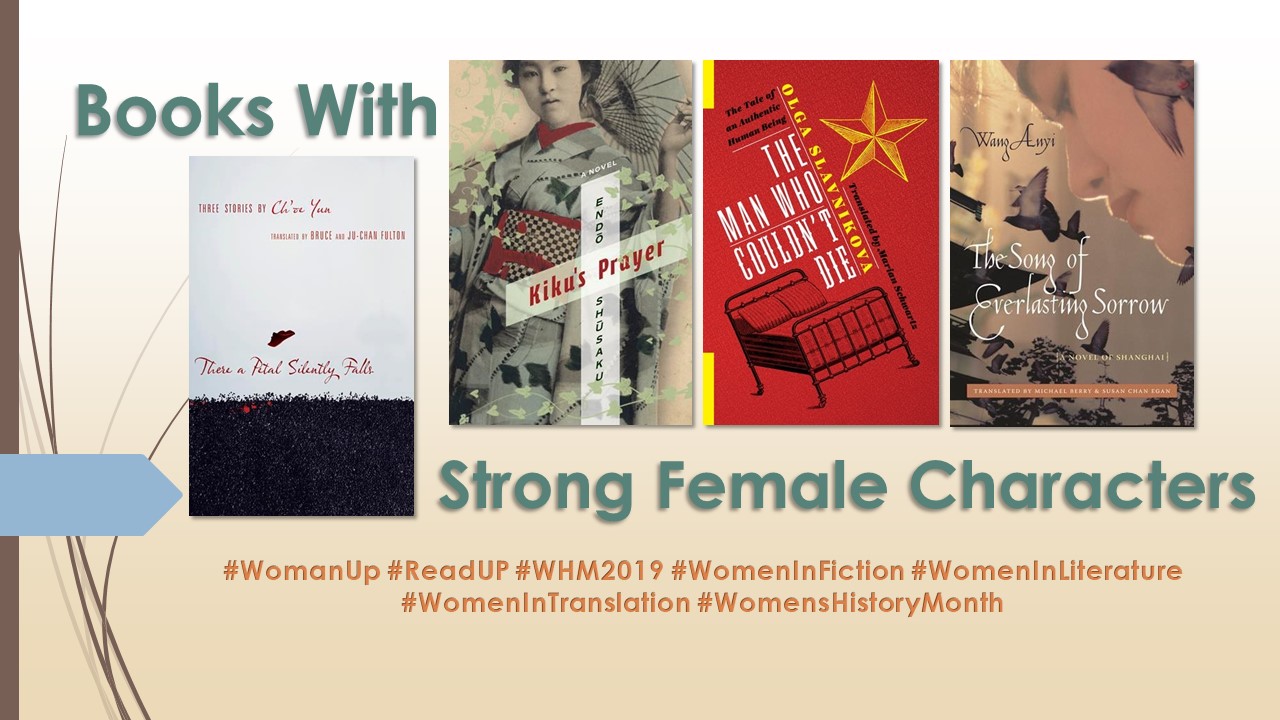Van C. Gessel on Endō Shūsaku’s Sachiko
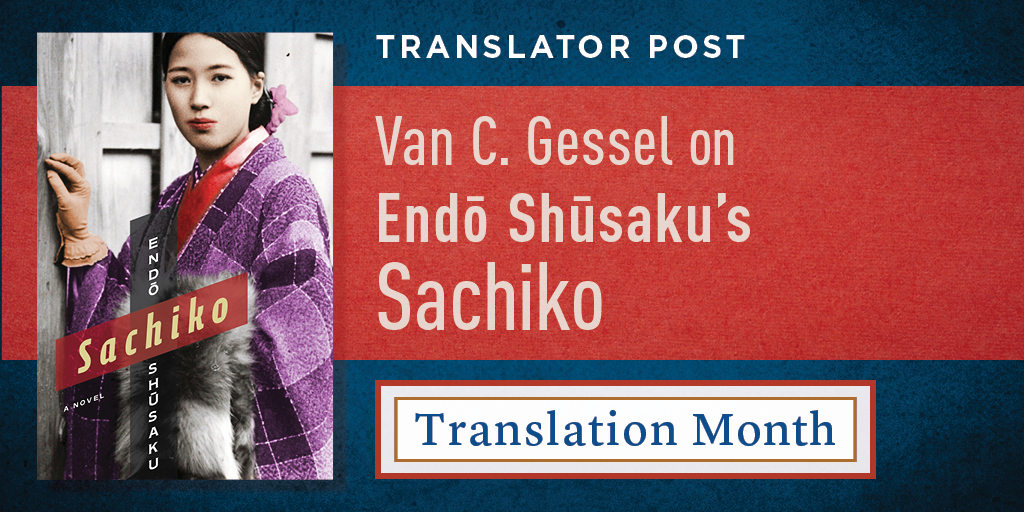
“An extraordinary novel by one of Japan’s literary masters, Sachiko is a testament to shared experiences, cruelty, loss, and the persistence of love and faith.”
~Foreword Reviews, starred review
September is National Translation Month. Today, we present a guest post from Van C. Gessel, translator of Endō Shūsaku’s novel, Sachiko. Sachiko is set in Nagasaki in the painful years between 1930 and 1945, and the approaching bombing of the city casts a long shadow over the story. In this post, Gessel reflects on Endō’s compassionate interest in how big historical events sweep into the lives of ordinary people.
Check out our National Translation Month overview for a chance to win a copy of this book and to read and excerpt.
• • • • • •
It never occurred to me, over the many months I spent translating this 1982 novel by Japan’s most influential Christian writer, that the English-language version would be published by Columbia University Press in August 2020, almost exactly 75 years to the day since the United States military dropped an atomic bomb on Nagasaki (August 9, 1945).
Sachiko isn’t really about the bombing itself. A brief glance at the chapter titles of the novel provides enough of a spoiler that I feel no compunction in stating that the dropping of the bomb does not come until the very end of the novel, nor are the decisions leading up to the use of the bomb even mentioned. So, it isn’t the politics of war or the decision to use nuclear weapons for the first time in human history that are Endō’s focus. His true interest really lies in deeply and precisely examining the ways in which the institutional powers that drive nations into war—whether those institutions be governmental, military, or even religious—impact very ordinary people, especially innocent young people who are trying to do nothing more diabolical than to love one another, and to love God without interference from outside forces.
“These are not individuals who make history, but rather are those who come close to being crushed by history.”
As I think about it, many of Endō’s works focus on these plain, inconspicuous people who suffer through no fault of their own, and who seek companions they can turn to for solace amidst their trials: Kichijirō, the apostate peasant in Endō’s most highly acclaimed novel, Silence (1966); the virtually nameless title character in The Samurai (1980); the pilgrims in Deep River (1993) who make their way to India to find something—anything—that will free them, for even a brief time, from their personal agonies. These are not individuals who make history, but rather are those who come close to being crushed by history. They are rescued from nihilistic oblivion only when they identify an “eternal companion” (as Endō called it) who will share in their pain: a loving, forgiving, almost maternal Christ figure.
Most of Endō’s attention in his writings was focused on the long history of Christian missionary activities and the persecution of Japanese Christian converts beginning in Nagasaki in the early seventeenth century. Silence, for example, details the sufferings of Japanese Catholics and European missionaries at the hands of a centralized military regime determined to wipe out the foreign influence. This regime was remarkably successful. Silence—both the original historical novel and Martin Scorsese’s searing, soaring 2016 film adaptation—asks searching questions about the nature of faith.
“The most obvious and unimaginably extensive torments for the citizens of Nagasaki commenced on August 9, 1945…”
But Endō’s fascination with Nagasaki was not limited to brutal events that transpired there over 300 years ago, nor did he focus solely on missionaries and peasants from those earlier days. Endō located many of his commonplace characters in Nagasaki, a city in many ways synonymous with the endless sufferings of the Japanese people, a city that Endō, who spent most of his life in Tokyo, called “my heart’s homeland.” The most obvious and unimaginably extensive torments for the citizens of Nagasaki commenced on August 9, 1945, when the atomic bomb was dropped over the city, killing by the end of that year roughly 80,000 people out of a population of 280,000 from both the initial explosion and its lethal aftereffects.
In a companion work to Sachiko, which I translated as Kiku’s Prayer (Columbia University Press, 2013), Endō wrote of the persecution of Japanese Christians, which persisted into the 1870s when the government’s ban on the foreign religion had still not been lifted. In Sachiko, he turned from physical to psychological torture of the Nagasaki Christians in the period between 1930 and 1945, when Japan was preparing for and then launching into its calamitous war against the chief Christian nations of the Western world. During this period, some foreign Christian priests fled or were expelled from the country, and others were placed under house arrest, while native Japanese Christians were frequently accosted by the military police, who questioned their loyalty to the nation and interrogated them to determine whether as Christians they revered their foreign god more than Japan’s “divine” emperor.
“After Shūhei goes off to war, Sachiko is left to wonder and suffer alone—alone except for her simple faith.”
The two young Christian protagonists in Sachiko, the young man Shūhei and his innocent friend Sachiko, try to do nothing more seditious than read love poetry together and attend mass in the Catholic church built in Nagasaki in 1864. But they cannot avoid the tsunamis of war, which sweep Shūhei into military service, where he must choose between his Catholic beliefs that prohibit the taking of lives and the constricting demands of his conscription. His self-sacrificing resolution finds a parallel in the alternating chapters of the novel that describe the extraordinary decision of Saint Maximilian Kolbe to offer his life in place of another prisoner in the Auschwitz death camp.
After Shūhei goes off to war, Sachiko is left to wonder and suffer alone—alone except for her simple faith. Endō’s profound sympathy for and identification with this ordinary woman suffuses this novel. In his afterword, Endō writes that he might encounter a woman very much like Sachiko almost anywhere: “In the evening, at the exit of the supermarket, on a rainy day in front of the greengrocer’s, at midday by the gate of a house in a residential development—In the eyes of her children, she may appear to be old-fashioned, behind the times, a woman who has led a pathetic life. But she is one who experienced true love, and who lived in a real-life drama, though now she says nothing, maintaining an anguished silence.”
In Sachiko, Endō gives voice to that silence.
We encourage our readers to support independent bookstores. Bookshop.org makes it easy to order from bookstores across the nation and this map can help you find a bookstore near you. Visit LitHub for a curated list of black-owned bookstores.

